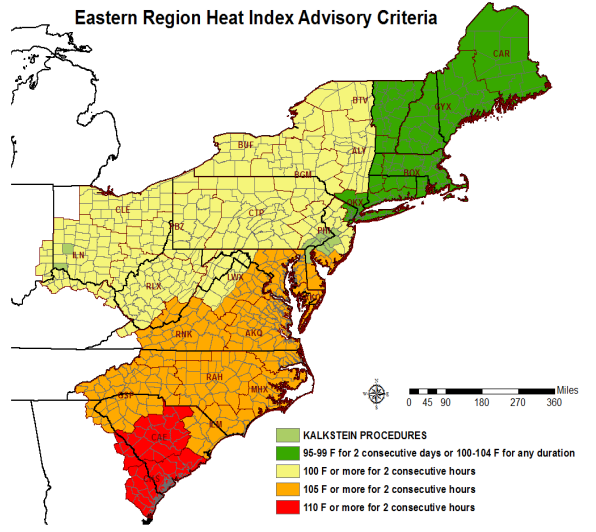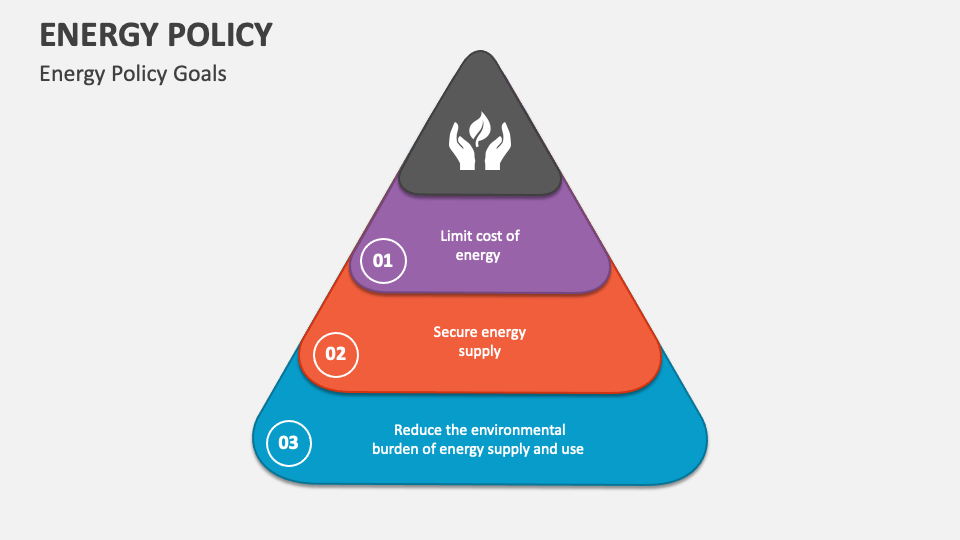Fewer Excessive Heat Warnings: What's Behind The Shift?

Table of Contents
Improved Meteorological Forecasting and Warning Systems
Advancements in weather prediction technology have significantly improved the accuracy and timeliness of heat warnings. This leads to more targeted alerts, potentially reducing the overall number of broad, excessive heat warnings issued.
Enhanced Technology and Data Analysis
The accuracy of heat wave prediction has dramatically increased thanks to technological leaps in several key areas:
- Increased computing power: Modern supercomputers can process vastly more data, leading to higher-resolution weather models.
- Better resolution models: These models provide more detailed predictions, allowing for more precise geographic targeting of heat warnings.
- Incorporation of real-time data streams: Ground-based sensors, weather balloons, and satellites feed real-time data into models, improving accuracy and responsiveness.
For example, improved models can now pinpoint areas most at risk of extreme heat, leading to more focused warnings instead of blanket alerts for entire regions. This precision might lead to fewer, but more impactful, excessive heat warnings.
Better Communication and Dissemination of Warnings
The way heat warnings are communicated has also undergone a significant transformation:
- Wider reach of warning systems: Mobile alerts, social media, and targeted messaging through apps reach a wider audience than traditional methods.
- Multilingual communication strategies: Ensuring warnings are accessible to all populations, regardless of language, improves response rates.
- Targeted outreach to vulnerable populations: Specific warnings and advice are given to those most at risk, such as the elderly and those with pre-existing health conditions.
Real-time alerts on smartphones and weather apps allow individuals to take immediate action, reducing the need for widespread, generalized warnings.
Changes in Heat Wave Patterns and Definitions
The apparent decrease in excessive heat warnings may also reflect actual changes in heat wave patterns, though not necessarily a decrease in overall heat.
Shifting Climate Patterns
Climate change is complex and its influence on heat waves isn't always straightforward:
- Regional variations in heat wave frequency: Some regions might see an increase in heat waves, while others experience a decrease.
- The role of climate oscillations (e.g., El Niño): These natural climate patterns can influence the frequency and intensity of heat waves.
- Long-term temperature trends: While overall global temperatures are rising, regional variations and short-term fluctuations can complicate the picture.
Changes in atmospheric circulation patterns, for example, can alter the formation and movement of heat waves, potentially leading to fewer warnings in certain areas.
Evolution of Warning Thresholds and Criteria
The criteria used to trigger excessive heat warnings have also evolved:
- Changes in temperature thresholds: The temperature at which a warning is issued might be adjusted based on new data and research.
- Inclusion of other factors like humidity: The heat index, which combines temperature and humidity, offers a more accurate measure of heat stress and is now often incorporated into warning criteria.
- Adjustments based on local context: Warning thresholds can be adjusted based on factors specific to a particular region, such as population density and infrastructure.
A revised heat index, for example, might result in fewer warnings being issued at a given temperature if humidity is low, even if the temperature itself is high.
Underreporting and Data Limitations
Despite advancements in forecasting, data limitations and underreporting can significantly affect the apparent number of excessive heat warnings.
Challenges in Data Collection and Accessibility
Data collection for heat events faces several challenges:
- Geographical variations in monitoring capabilities: Areas with limited infrastructure might have fewer monitoring stations, leading to incomplete data.
- Discrepancies in data reporting standards: Inconsistent data reporting across regions makes it difficult to compare trends accurately.
- Access to real-time data from remote locations: Remote or sparsely populated areas may lack the infrastructure to provide real-time data on heat.
Gaps in data collection can lead to an underestimation of the true number of heat waves, skewing the overall picture.
Potential Underreporting of Heat-Related Illnesses
Underreporting of heat-related illnesses also contributes to the issue:
- Lack of standardized reporting systems: Inconsistent reporting makes it difficult to accurately track heat-related health impacts.
- Underdiagnosis of heat-related issues: Heat-related illnesses can be difficult to diagnose, leading to underreporting.
- Difficulties in attributing illnesses to heat exposure: It can be challenging to definitively link a particular illness to heat exposure.
The difficulty in distinguishing heat stroke from other medical conditions, for instance, may result in underreporting of heat-related deaths and illnesses.
Conclusion
The perceived decrease in "Fewer Excessive Heat Warnings" is a complex issue with multiple contributing factors. Improved forecasting and warning systems, shifting heat wave patterns, evolving warning criteria, and limitations in data collection and reporting all play a role. While advancements in technology have undoubtedly improved our ability to predict and communicate heat warnings, it's crucial to recognize that this doesn't necessarily mean we are experiencing less extreme heat. Continued monitoring, improved data collection, and public awareness campaigns remain essential for mitigating the risks associated with extreme heat events. Stay informed about local heat warnings and take necessary precautions to protect yourself and your community during periods of extreme heat. Understanding the complexities behind the apparent decrease in excessive heat warnings is vital for effective heat preparedness.

Featured Posts
-
 Harga Kawasaki Z900 Dan Z900 Se Di Indonesia Faktor Faktor Yang Mempengaruhi
May 30, 2025
Harga Kawasaki Z900 Dan Z900 Se Di Indonesia Faktor Faktor Yang Mempengaruhi
May 30, 2025 -
 Jon Jones Demands Six Months For Aspinall Grudge Match
May 30, 2025
Jon Jones Demands Six Months For Aspinall Grudge Match
May 30, 2025 -
 Bolton Fm Jayne Hintons Sundae Servings Your Weekly Radio Delight
May 30, 2025
Bolton Fm Jayne Hintons Sundae Servings Your Weekly Radio Delight
May 30, 2025 -
 Viral Gym Pics Bts V And Jungkooks Post Military Physiques Impress Fans
May 30, 2025
Viral Gym Pics Bts V And Jungkooks Post Military Physiques Impress Fans
May 30, 2025 -
 Us Energy Policy Changes Potential For Increased Consumer Costs
May 30, 2025
Us Energy Policy Changes Potential For Increased Consumer Costs
May 30, 2025
